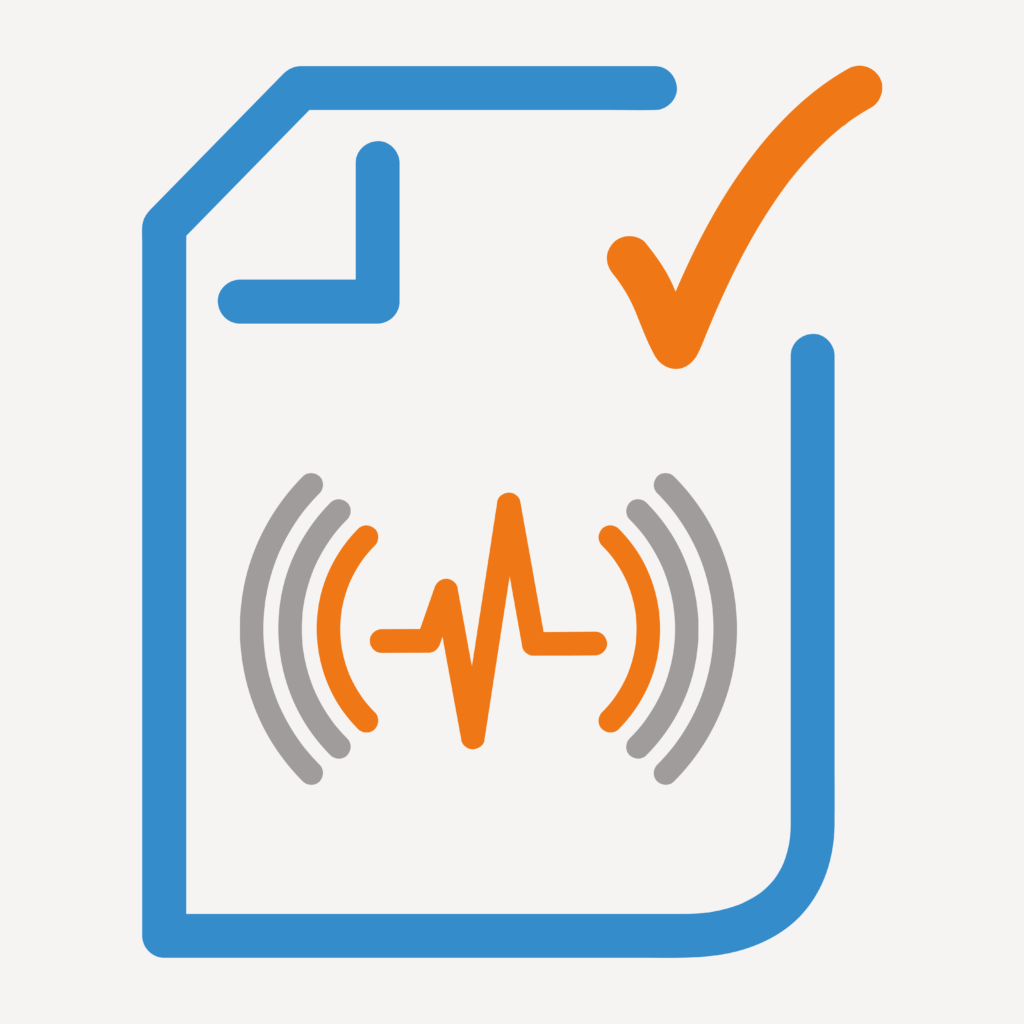NEMA (NAL Ecological Momentary Assessment) R&D
About NEMA
NEMA (NAL Ecological Momentary Assessment) is used in many NAL research studies to better understand the feelings, experiences, and hearing difficulties of people in different real-life situations. Since its first use in 2019, NEMA is now widely adopted in NAL projects and is constantly evolving to meet the demands of hearing researchers.
History of NEMA development
The NEMA app was first used in NAL research studies in 2019 and has been a valuable tool to collect rich, real-world information about participants and their listening experiences. The app repeatedly samples experiences throughout participants’ daily life by asking them to complete short surveys and measures acoustic features of their environment using their Android smartphone or iPhone. The growing demand for NEMA in many of NAL’s hearing industry-sponsored research studies prompted the need for further feature development.
2022 November update:
The improved NEMA version now includes additional survey answer formats, improved customisation of alert notifications, the ability to remotely distribute the app to participants for both iOS and Android, and the ability for researchers to access and analyse data from participants as it is collected to monitor study progress and intervene if required. This allows more flexibility in the survey design, enables real-world measures to be collected without requiring a prior in-person appointment, encourages higher participant compliance, and overcomes previous issues where problems with data collection were not detected in a timely manner.
The NEMA app is currently being used in four NAL research studies, collecting real-world benefit measures to complement laboratory-based testing and standardised questionnaires.
2023 March update:
We have successfully enhanced the NEMA app, making it more efficient and effective. The improvements include a flexible app design that can be easily customised for various projects. We developed a user-friendly online data dashboard for researchers that provides data visualisations and secure access to project data. In addition, we established a growing collection of calibration values, which makes participant onboarding easier and facilitates remote study participation.
These improvements have brought several benefits, including streamlined processes that save time and resources. Data has become easier to view and manage throughout the study, and data privacy has been improved. Also, the new alternate calibration process makes the app more accessible to remote participants. These improvements contribute to a more diverse participant pool, better control and execution of the studies, and ultimately lead to improved research results and a better experience for researchers and participants.


